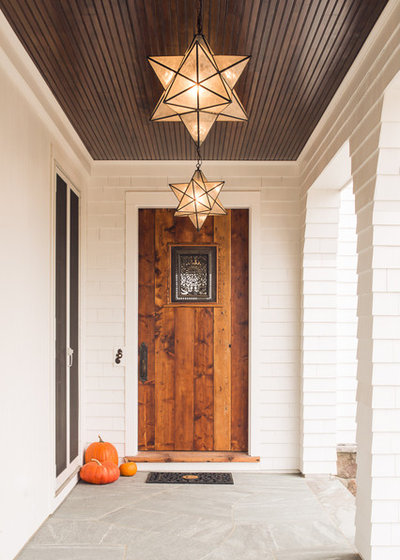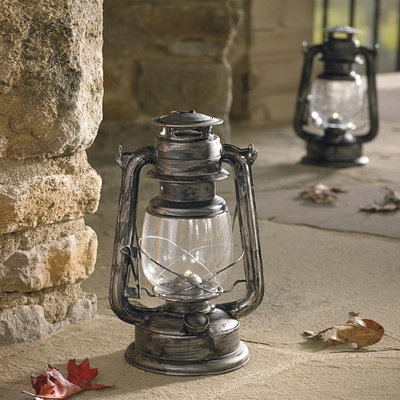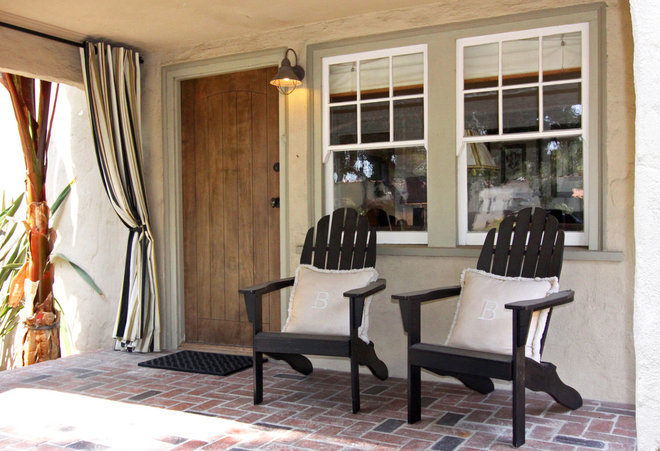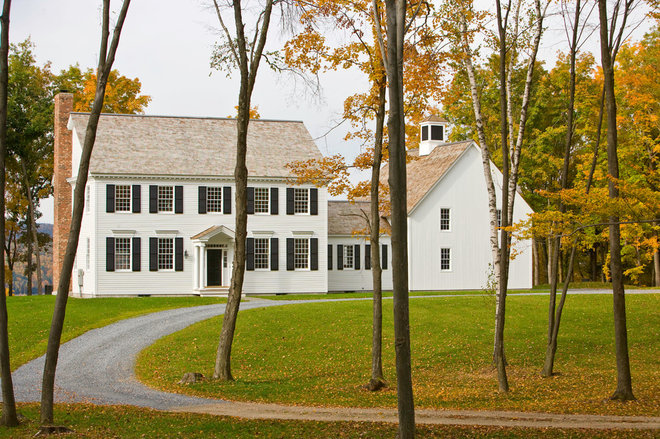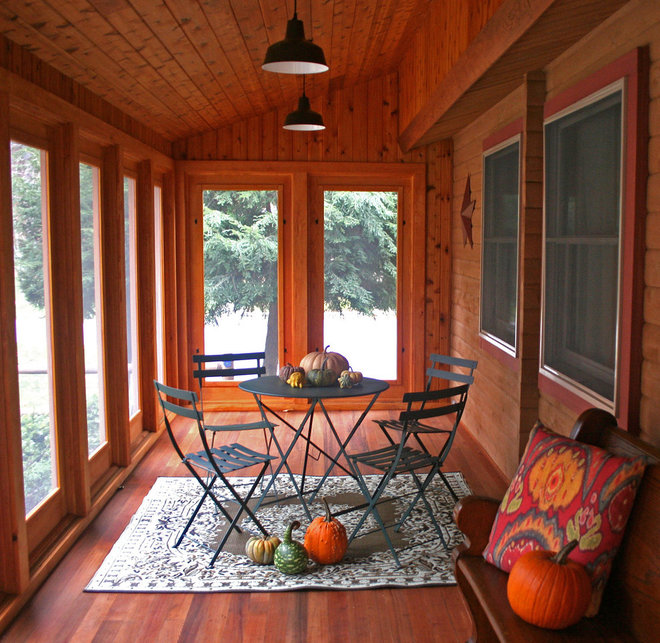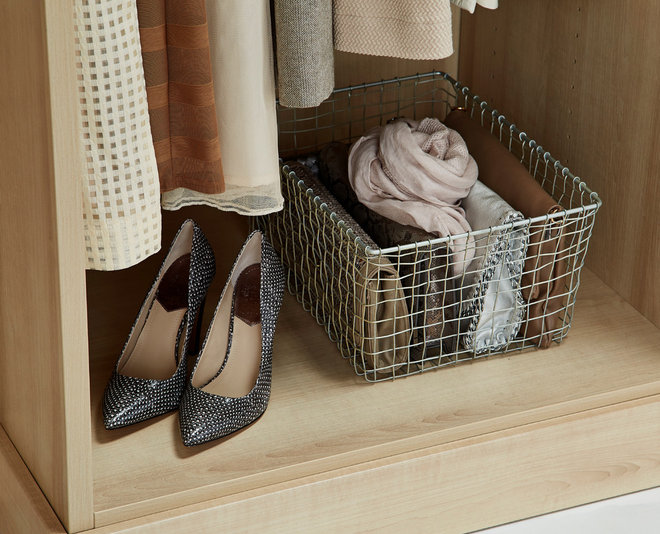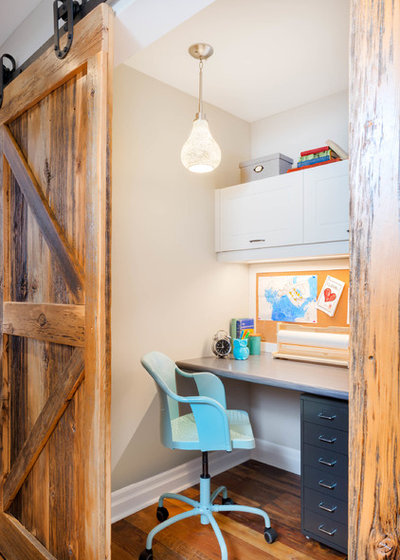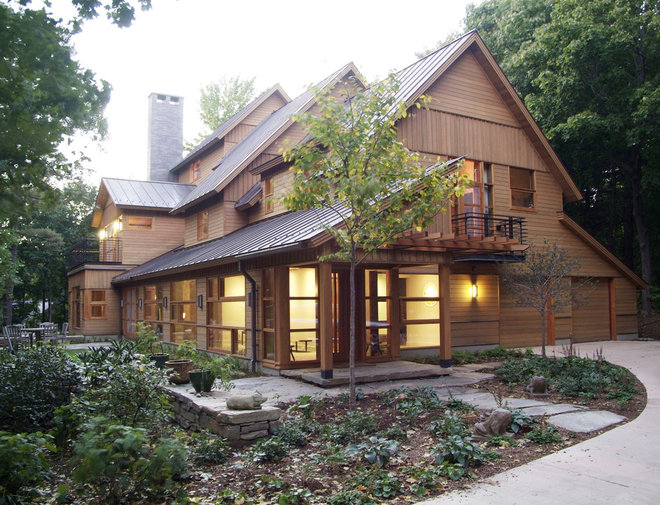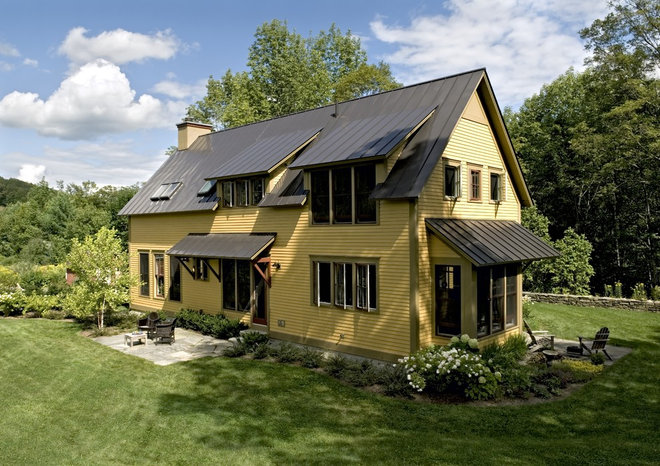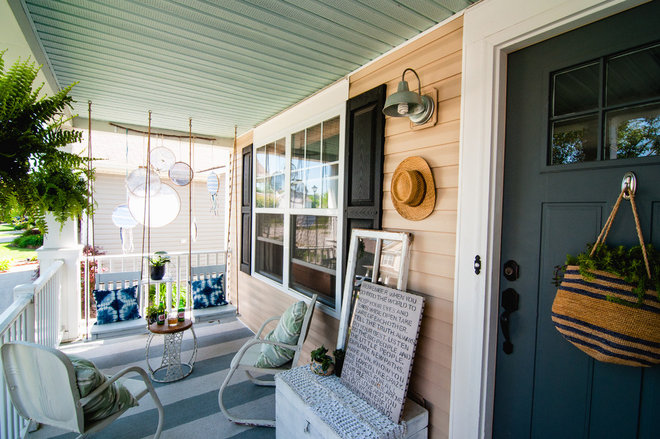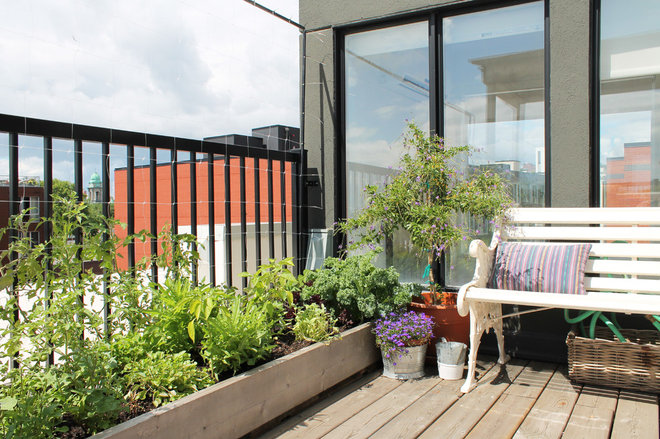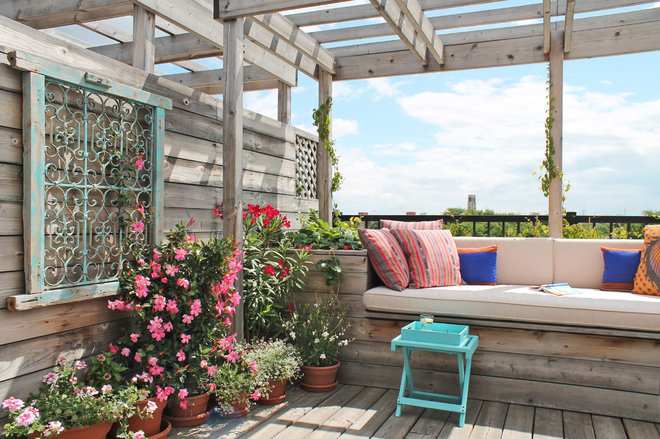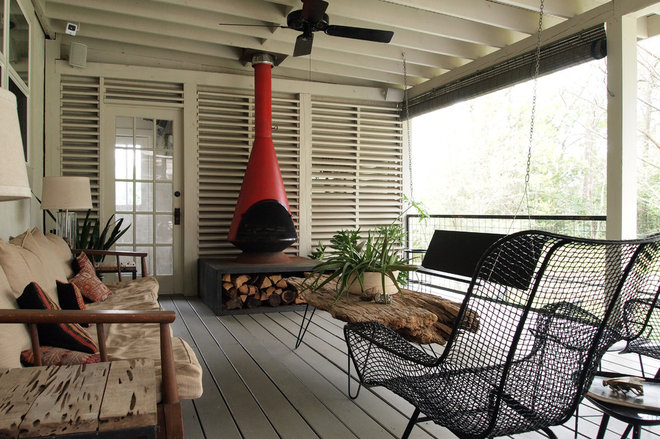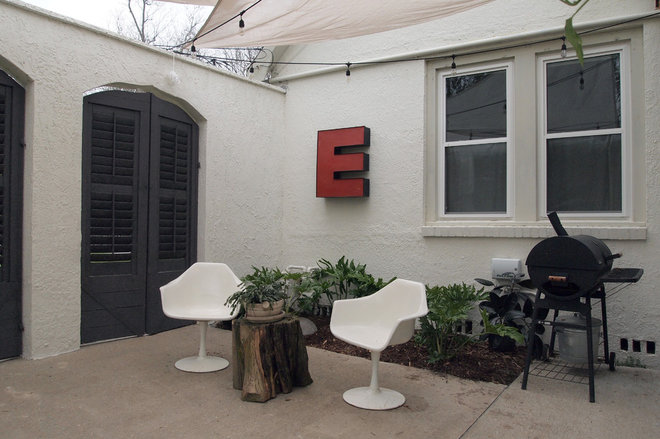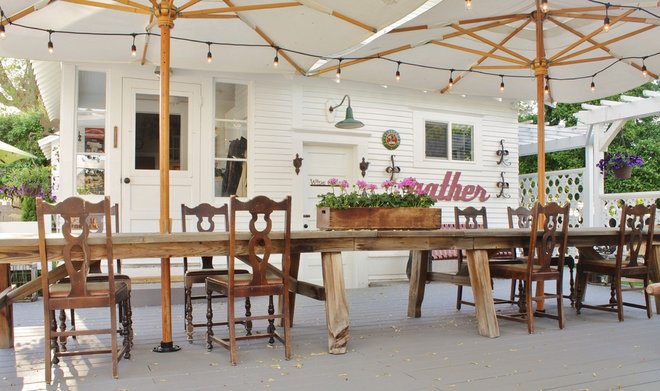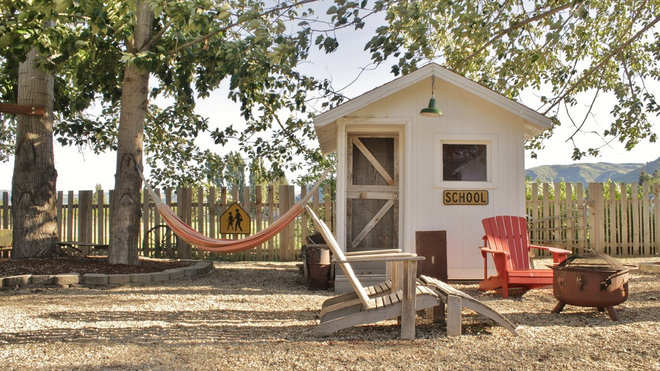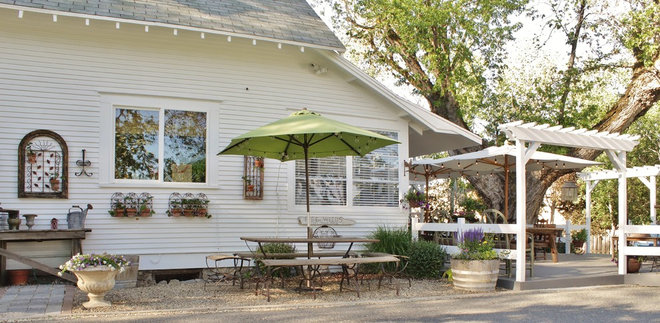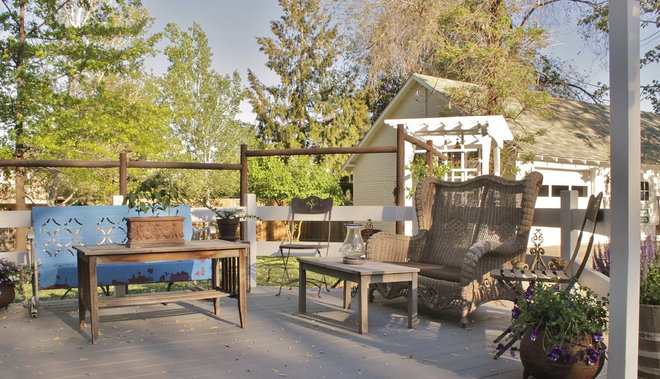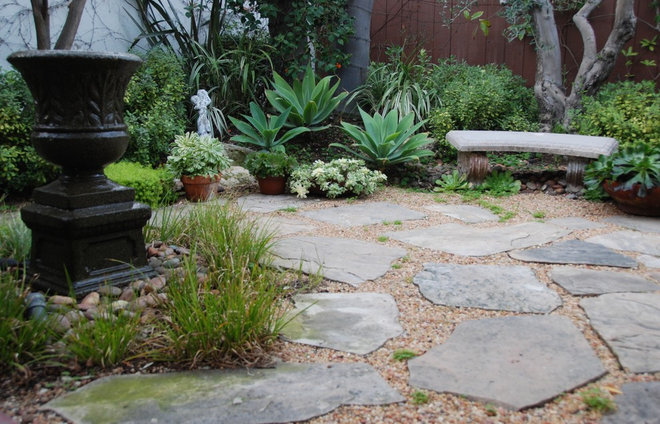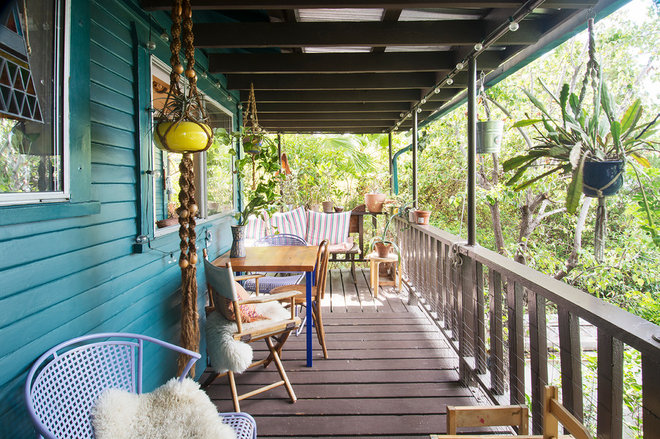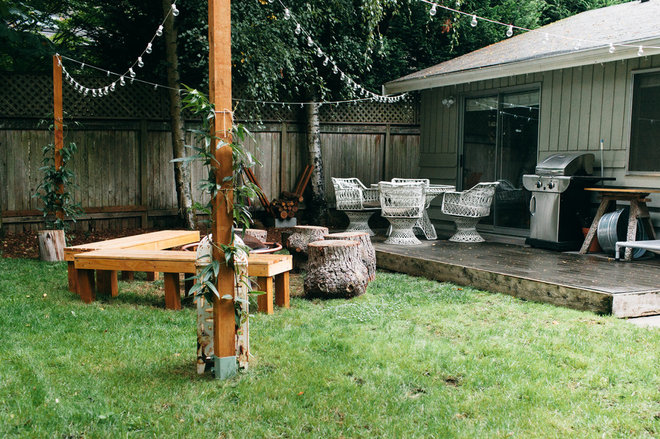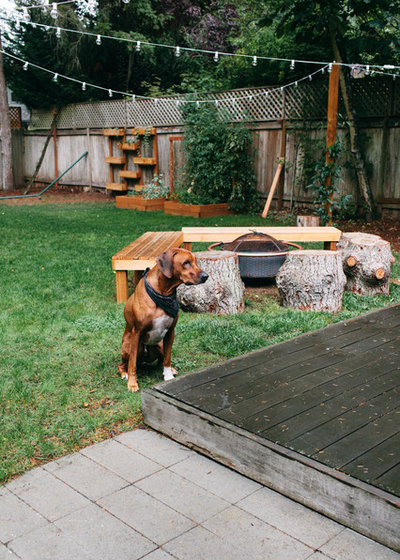Garden plants need water to survive, but some plants need less than others. Plants that require less water are often referred to as drought-tolerant or drought-resistant varieties and are good choices for gardeners. Keep in mind that just because something is labeled as drought tolerant doesn’t mean that it can get by without any water at all; all plants need adequate moisture to grow. Additionally, not all plants will thrive in all areas, so be sure to choose plants that are suited for your particular growing zone and soil type. Here’s a list of some drought resistant choices that you might want to consider for your area.
Related: Help Your Lawn Through Drought and Dry Weather

Hosta is a perennial that can grow in sun or shade. Known for their easy care, hostas have showy leaves and come in a variety of sizes with white or lavender flowers. When choosing a spot, remember that hosta plants prefer well-drained soil.

• Rosemary is a drought resistant perennial and herb with spiky leaves that adds interesting texture as well as a nice fragrance to the garden. Fresh rosemary leaves are especially good in potato, pork, chicken, and soup recipes. Other drought-tolerant herbs that grow perennially in some parts of the country are thyme, sage, and oregano.

• After they’ve bloomed in the spring, daylilies are another perennial that appear to be high maintenance but actually require minimal water and care. Daylilies come in many of colors and go dormant in the winter.

• After Lantana plants are established, they don’t require much water when compared to many other blooming plants. Lantana can grow in gardens or in containers, and are classified as annuals or perennials, depending on the region. The flower clusters of Lantana are often shades of yellow, light purple, and pink, and may change as the plant matures.

• Oakleaf and Panicle are two hydrangea varieties that are considered to be relatively hardy, drought tolerant plants. Both produce large blossoms that add beauty outdoors or when cut and brought inside.

• Salvia is a drought tolerant annual that produces long-lasting blooms in shades of red, blue, violet, pink, and white. Salvia is actually related to the herb sage. These plants work well in garden beds, borders, or in containers.

• Black-eyed Susan is a classic, popular flower that doesn’t require a great deal of water. It’s ray-like petals contrast with a dark center for an intriguing color combination.
Easy Way to Take Care of Your Perennials
Even if you choose drought resistant plants and shrubs, they will still require some maintenance and it’s important to care for them properly. It’s usually best to water plants and shrubs consistently for the first few weeks after planting to make sure they have enough moisture to get established and to make sure they don’t dry out during the fragile post-planting period. After that, it’s generally best to water perennial plants deeply as needed, instead of frequent shallow watering, during their first summer season to help the plants develop a deep root system, which aid plants in tolerating extended dry periods. It’s also helpful to mulch around the bases of plants and shrubs each year to help lock in moisture. Check with your local garden center to see which drought tolerant varieties grow best in your zone, and how to care for them.






